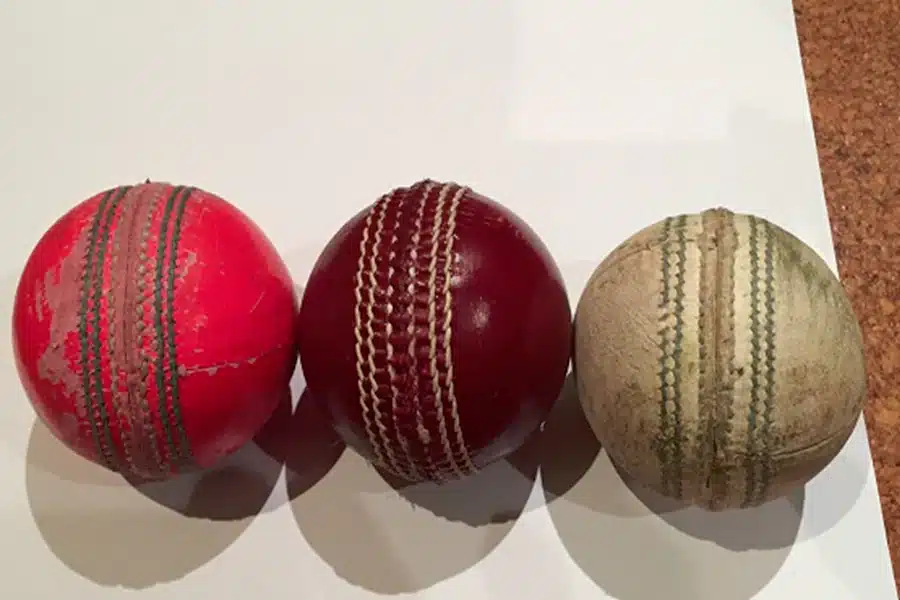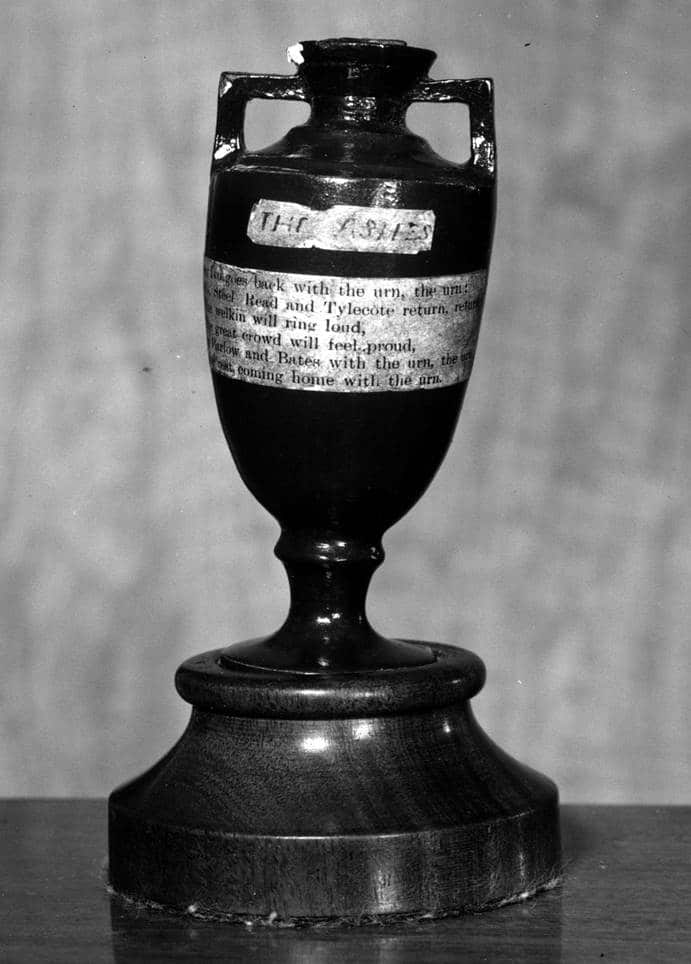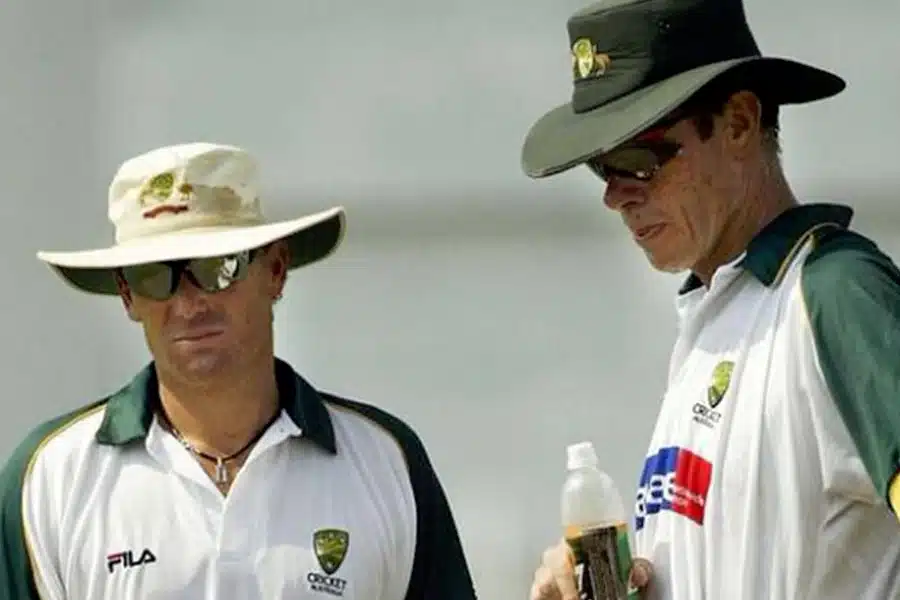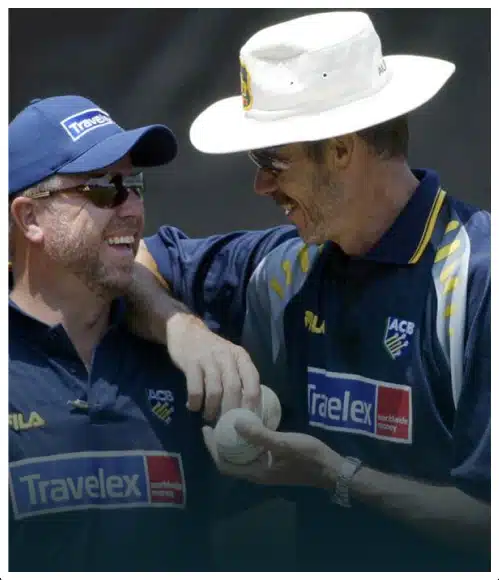While the Pink ball may ask some testing questions of batsmen as they face it under lights, I think there are a lot more questions that need to be asked of the proponents of it – otherwise we may see a lot of Red faces.
Here are some of the questions that I would like answered
1. As I understand, virtually all venues around the world are unsuitable to host D/N Test cricket with a pink ball due to insufficient brightness of lighting – what is being proposed by authorities to deal with this situation? And will this be another cost hike to those audiences to whom the ‘pink ball pushers’ are intending to attract?
2. For the upcoming Tests against NZ and West Indies, Adelaide is the host of the historic event, and again as I understand, the only venue in Australia with suitable lighting. Will this mean that all players and umpires will train, prepare and play for pink ball conditions, and then revert to red ball conditions during the 5 Tests?
3. As a coach, I was always aware that changing from red ball game to white ball game, or vice versa, took players time to adjust (albeit a different style of game as well) – how will this occur in Australia this summer?
4. Assuming the proponents of the pink ball win the day, then as mentioned earlier, there will only be a few grounds around the world that will be capable of staging a D/N Test match, and/or will be prepared to invest in new lighting to attract D/N Test cricket – so where is the consistency of cricket that will be played around the world? There will be some countries which will only host red ball cricket; there will be some countries which might be able to host a mixture of red ball and pink ball cricket; and in countries which push hard for pink ball cricket, one can only assume that all venues, eg Australia will be converted to stage pink ball games. There is little doubt that they are different games due to the different conditions under which games are played – will this mean that selectors will look to pick some different players? Will separate statistics need to be kept for pink verses red ball Tests? How will the game be managed when rain or bad weather intervenes in terms of extending playing hours and so on?
5. With regards to player and umpire preparation for Test matches, usually a panel of umpires for an upcoming series are named and a Test playing squad is announced at most a week before the start of the first Test of a series. Where will these players and umpires get their match preparation under game conditions, as they will virtually all be coming from red ball cricket? Injuries, change of selections and new umpires through a series always occurs – where do they prepare before being tossed into the cauldron of Test cricket?
6. Do the proponents of pink ball cricket wish to eliminate the red ball altogether, so that there is consistency across all long formats of the game to ensure questions already raised are no longer an issue? And if so, how far does this go – to domestic cricket, to club cricket, to junior cricket?
7. And while I understand the ‘marketers’ of the game who push that numbers are dwindling as well as interest in Test cricket; and the need to reach new audiences, or provide the same audience with a new product – is there any real evidence to suggest that a pink ball played under D/N conditions on a few grounds around the world for only certain Test matches will help solve the numbers coming to a ground to watch? Or help the broadcast right deals?
8. Are the proponents of ‘pink ball’ cricket more concerned with the entertainment factor than preserving the integrity of the game?
In summary, there is little doubt, I am an advocate of keeping Test cricket separate to other forms of the game – to clearly differentiate Test cricket from one day cricket and T20 cricket; to differentiate what it offers as a spectacle, and preserve some very important historical traditions which are the cornerstones of the game. And that is, Test cricket and the long form of cricket is fundamentally a red ball game, played by people wearing white clothing, using a white sightscreen, on a 22 yard or 20.12m pitch (to show I am not completely living with dinosaurs), and preferably played on turf.
If that can be done under lights, without it placing enormous cost imposts upon all those grounds around the world that host Test and long form cricket, then I have less issue.
I am a huge fan of constantly trying to improve the game of cricket, and being aware of technologies that can do so. I was at the forefront of utilising computers to assist the development of players and analyse game trends in the mid 90’s.
At the same stage, I believe it is very important to retain and preserve aspects of the game that link it to its historical roots. I am sure that WG Grace would have seen RED, if the idea of a pink ball was sent in his direction. I hope the administrators of cricket have thought through all the future implications of the pink ball, and are not left with red faces in years to come.
FREE 3 Part Video Series…
Learn with John – How to succeed in creating a High Performance Team Now!!!!








